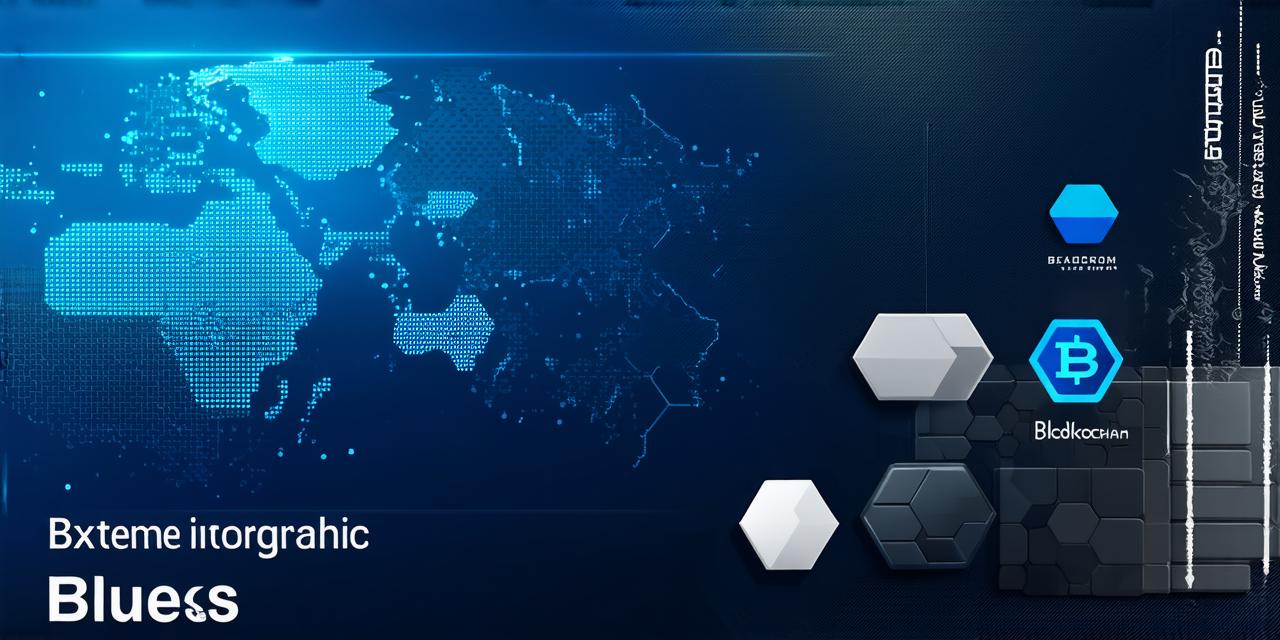Blockchain technology is one of the most buzzed-about topics in the tech world. It’s been hailed as a game-changer for various industries like finance, healthcare, and supply chain management. But what exactly is blockchain? And how does it work? In this article, we will explore the basics of blockchain technology and its implications for different sectors.
Introduction
Blockchain is a decentralized digital ledger that records transactions across multiple computers in a network. It was originally designed to facilitate secure and transparent transactions in cryptocurrencies like Bitcoin. But over time, it has evolved into a powerful tool with applications in various industries.
How Blockchain Works
At its core, a blockchain is a chain of blocks that contains data and transactions. Each block in the chain is linked to the previous one using a unique code called a hash. This code is generated based on the data in the current block and the hash of the previous block. If any data in a block changes, the hash will change, and the entire chain will be invalidated.
This creates a tamper-proof record of all transactions that have occurred in the network. Every participant in the network has access to this ledger, which means there’s no need for intermediaries like banks or other institutions. This makes blockchain technology ideal for applications where transparency and security are crucial.
Benefits of Blockchain Technology
The benefits of blockchain technology are numerous and far-reaching. Here are some of the key advantages:
- Decentralization: One of the biggest advantages of blockchain technology is its decentralized nature. Instead of relying on a single central authority, the network relies on multiple nodes to validate transactions and maintain the ledger. This eliminates the need for intermediaries, which can significantly reduce costs and increase efficiency.
- Transparency: All transactions on a blockchain are publicly visible and can be verified by anyone in the network. This creates a high level of transparency that can help build trust between parties. It also makes it much harder to manipulate or falsify data, which can help prevent fraud and corruption.
- Security: Blockchain technology is incredibly secure. Each block in the chain contains multiple layers of security features that make it virtually impossible to hack or tamper with. In addition, because the ledger is decentralized, there’s no single point of failure that could be targeted by attackers.
Blockchain Applications in Various Industries
Blockchain technology has a wide range of applications across various industries. Here are some examples:

- Finance: Blockchain technology is being used to revolutionize the finance industry. It can facilitate faster and more secure transactions, eliminate the need for intermediaries, and reduce costs. Blockchain-based payment systems like Bitcoin and Ethereum are already being used by individuals and businesses around the world. In addition, blockchain technology can be used to create smart contracts that automate contract execution and eliminate the need for lawyers.
- Healthcare: Blockchain technology has the potential to transform the healthcare industry. It can be used to securely store and share patient data, which can improve patient outcomes and reduce costs. Blockchain-based supply chain systems can also help track the movement of drugs and other medical supplies, which can prevent counterfeit products from entering the market.
- Supply Chain Management: Blockchain technology can be used to create a more transparent and efficient supply chain. By tracking the movement of goods from production to delivery, blockchain can help reduce waste and improve efficiency. It can also help prevent fraud and counterfeiting, which can have significant cost implications for businesses.
Case Studies: Real-Life Examples of Blockchain Technology in Action
Blockchain technology is already being used in a variety of real-life scenarios. Here are some examples:
Walmart has implemented a blockchain-based food traceability system that allows customers to track the origin and movement of their food products.
